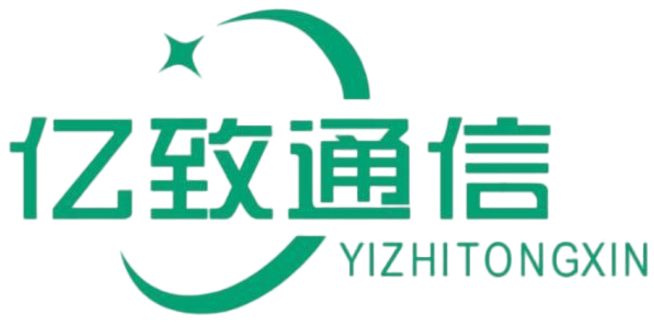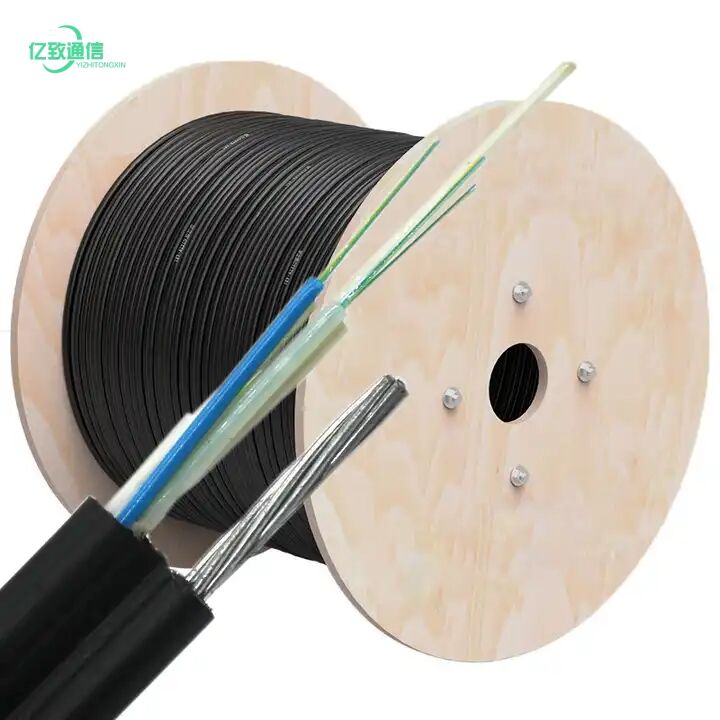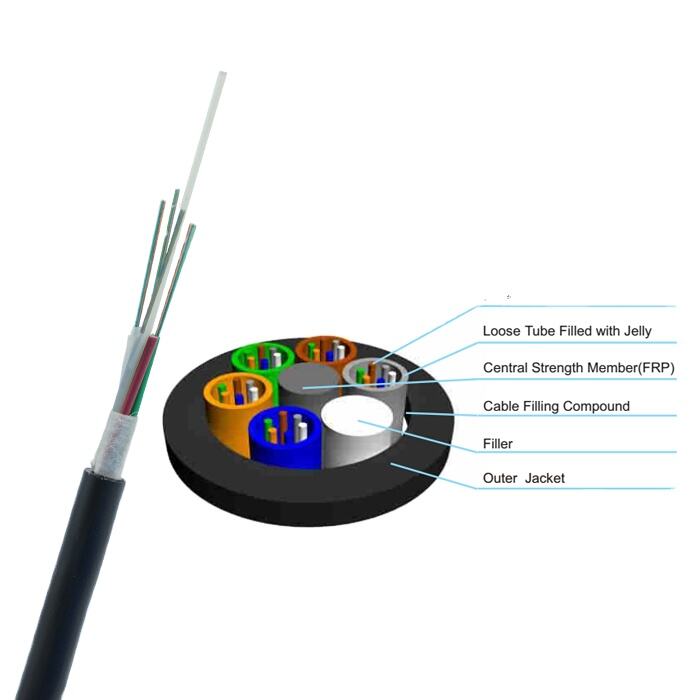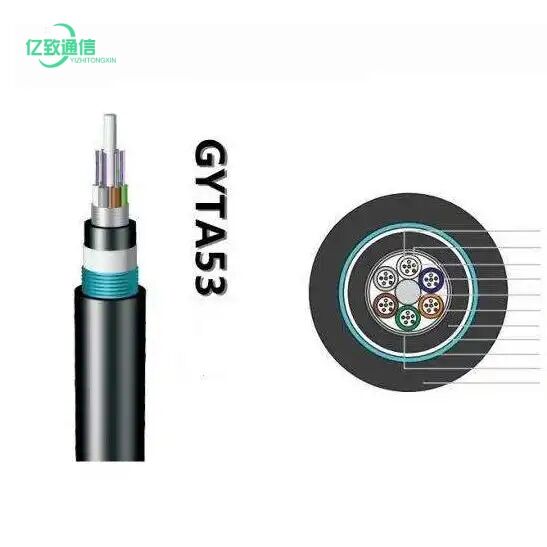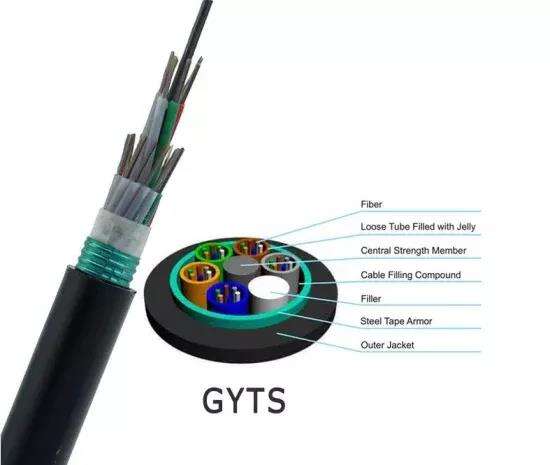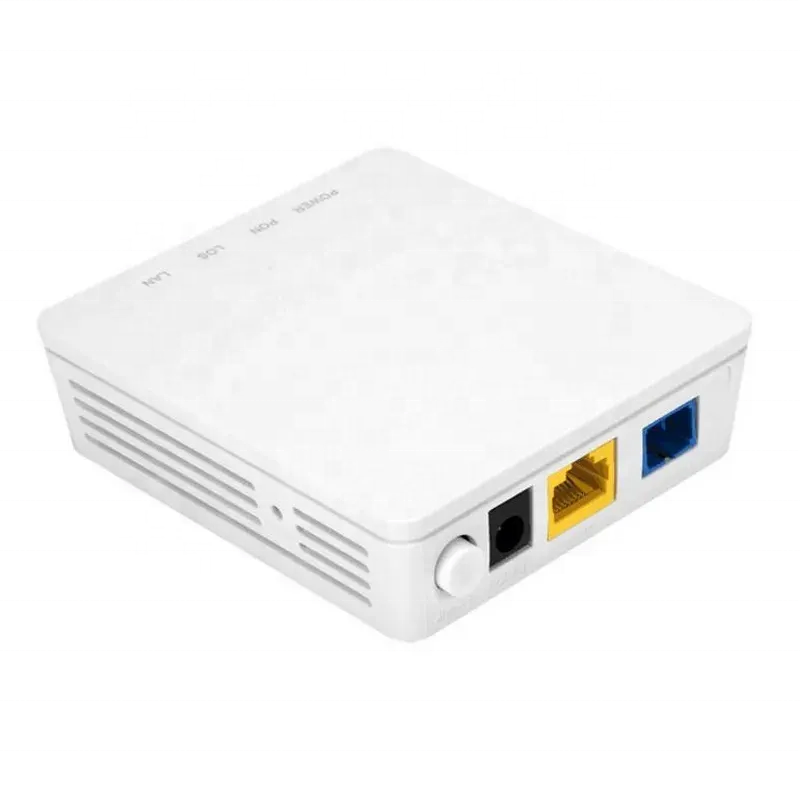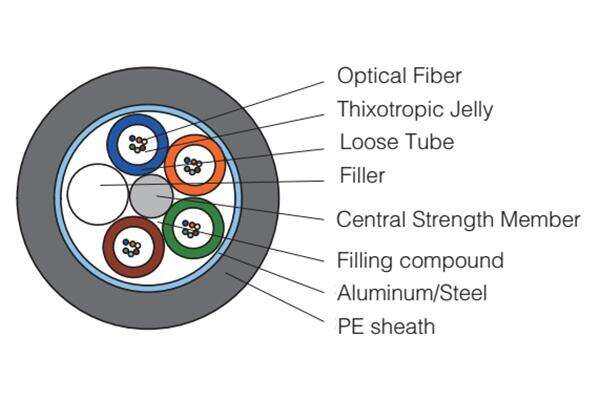best communication cable
The fiber optic communication cable stands as the pinnacle of modern data transmission technology, offering unparalleled performance in today's interconnected world. This advanced cable utilizes light pulses to transmit information through ultra-pure glass fibers, each thinner than a human hair. Operating at the speed of light, these cables can transfer massive amounts of data over long distances with minimal signal loss. The core technology consists of a glass fiber center, surrounded by multiple protective layers including cladding, buffer coating, and outer jacket, ensuring both optimal performance and durability. What sets fiber optic cables apart is their remarkable bandwidth capacity, allowing for transmission speeds up to 100 Gbps in commercial applications. These cables are immune to electromagnetic interference, making them ideal for environments where traditional copper cables would suffer from signal degradation. Their applications span across telecommunications, internet infrastructure, cable television, and enterprise networks. The minimal signal loss over distance makes them particularly valuable for long-haul communications, supporting intercontinental data transfer through submarine cables. Modern fiber optic cables also feature advanced security features, as they're extremely difficult to tap without detection, making them the preferred choice for sensitive data transmission.
